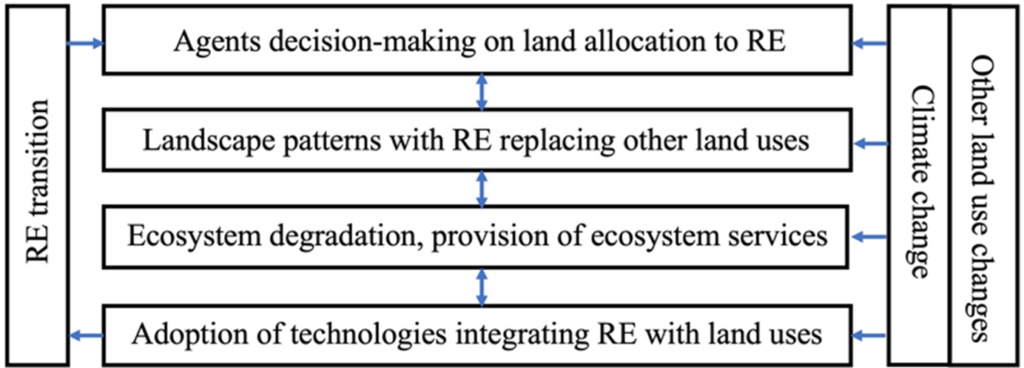The Luiret Project

Research question:
How do land managers and stakeholders make land use decisions with respect to wind and solar energy deployment on various territories?
Research hypothesis
Among other things, we are testing whether co-locating and integrating renewable energy production with other land uses decreases the overall impacts of wind and solar energy infrastructure on landscapes compared to a spatial concentration of renewable energy production with an exclusive use of the land.
Places where we work:
We conduct our research in three regions:
Conceptual model:

